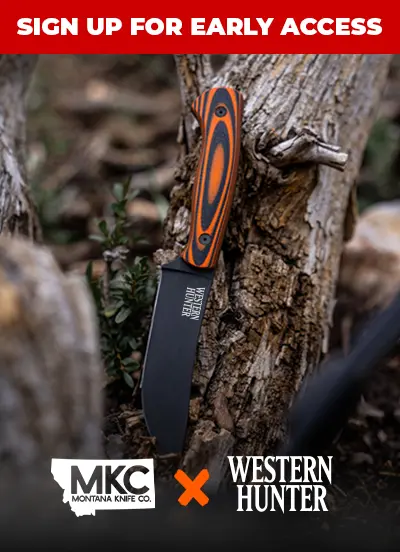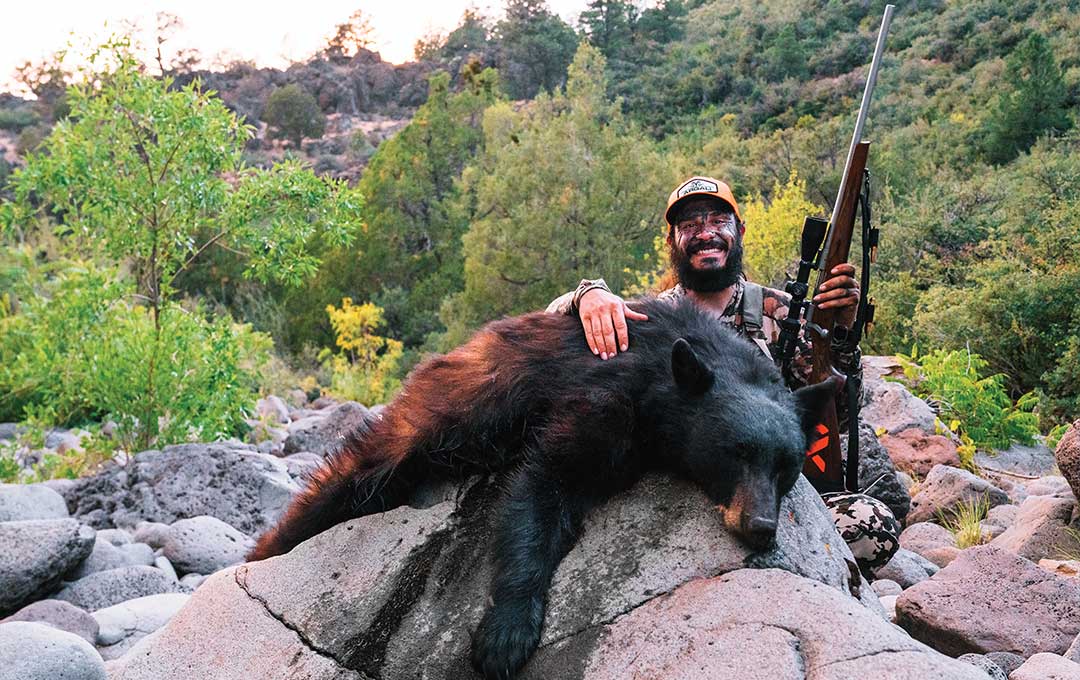
NOTICE: Certain links on this post may earn a commission for Western Hunter Magazine from Amazon or our other affiliate partners when you make a purchase. Thank you for your support.
Underdogs
Fall Bear Hunting in the Southwest
When the air begins to cool and leaves start to change, the anticipation of fall hunting seasons is at an all-time high. Fall is a cherished time of year for hunters all across the west. It’s that anticipation that prevents us from being productive at work and occupies our dreams each night. While most hunters are dreaming of bugling bulls or big mule deer racks in the sagebrush, I personally have another animal that walks through my dreams. Black Bears have always captivated my attention, and that infatuation rang true as I sat in the darkness of opening morning here in Arizona. Not many think of bear hunting, let alone hunting them in the Fall, but the southwest is rich with the opportunity to pursue these desert bruins.
As always, opening morning seemed to come with a strong feeling of hope. That giddiness was flowing through a hunting buddy and I as we waited for the sun to peek out. We were in a favorite spot of mine, one that I hold dear to my heart since it’s where I learned to bear hunt. Unfortunately, we weren’t the only ones with this spot in mind. The multiple sets of bouncing headlamps in the distance whittled away at our hope. The bears surely weren’t going to put up with this, so we decided to move shortly after daylight. It was a crushing feeling leaving my honey hole but was something that needed to happen if we wanted a shot at one of these desert bears. Time would tell in the coming days if we made the right decision.
Why Chase Bears in the Fall?
For the most part, hunters look at fall bears as an opportunity type of species. We all have a bear tag in our pocket during the Fall, but only fill it by happenstance if one presents itself while out elk or deer hunting. Not many solely focus on bear hunting in the fall, especially in the southwest when compared to its trophy elk and mule deer opportunities. While breaking away from the beloved deer and elk hunts seem downright insane, I assure you hunting bears during the Fall can be just as rewarding.
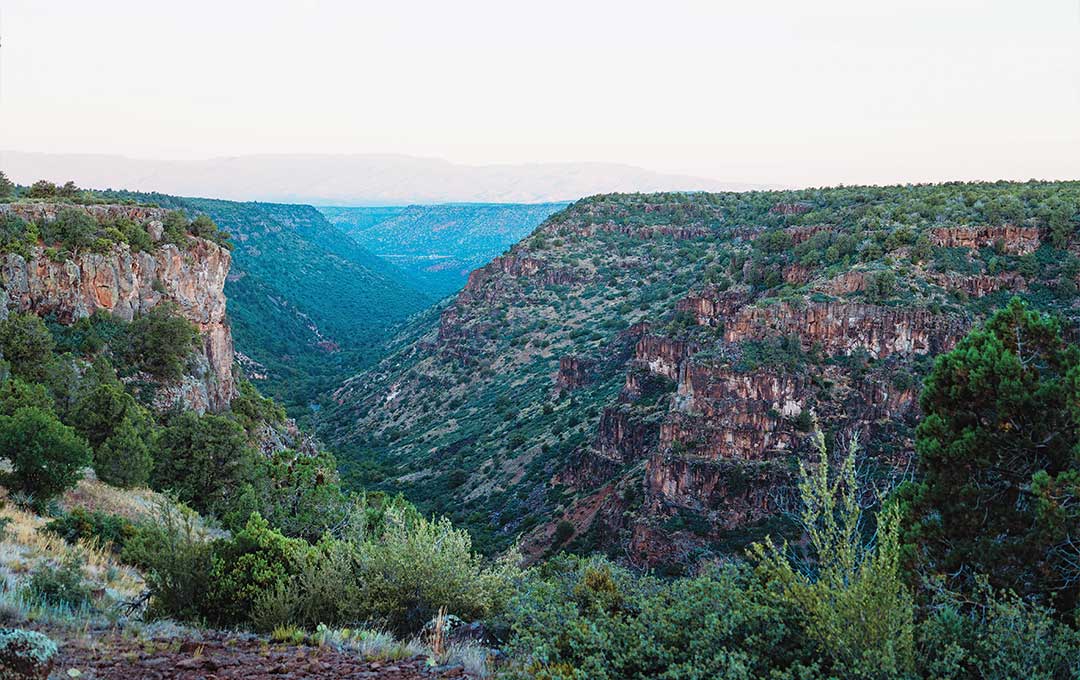
Opportunity in the Southwest is Rich
Deer and elk tags in the southwest are hard to come by due to its famous trophy quality. Bear tags on the other hand are easily acquired in a majority of the southwestern states. Most of them are over-the-counter and only require a tag, hunting license, and the willingness to go afield. The seasons are also pretty liberal in length with many being a month or longer, and even a few that make it into December. So, for someone looking to extend their time in the field, bears are a fantastic opportunity to jump at.
It’s Just Different
The thrills of bear hunting are hard to convey to someone who has never experienced it. It’s just plain different than hunting any ungulate. From the habitats they reside in, their secretive nature, and even different hunting tactics, no other species is the same. To watch a bear live its daily life would not be the same as watching an elk. I love watching elk, but with bears, you really just never know what they’re going to do. They might sit on their hind legs and gently pick acorns off of a shrub, climb a tree to grab some berries, or even roll around on the ground. Bears move across a hill almost ghost-like as if they’re hovering along the rugged country beneath them.
Then there is a broad difference in colors. You never know what you’re going to get in terms of fur color. One could be the classic jet black or maybe chocolate? Or maybe they’re a cinnamon with blonde blotches all over? Whatever color, the point is, just seeing one is a reward in itself. Plus there is the delicious fruits of your labor, should you be lucky enough to get one.
Where Can I Do Such a Thing?
If Fall bear hunting in the southwest has piqued your interest, you’re probably wondering “where can I do such a thing?”. Like I mentioned before, the southwest isn’t really held in high regard for its bears. So, knowing where to start is the first hurdle. As far as the southwest goes, Arizona and New Mexico have enough to keep you busy. Both states offer lengthy OTC seasons that’ll dish out a load of experience.
NM has an OTC archery bear hunt that spans the majority of September, followed up by an “any legal weapon” that runs from the end of September through mid-December. Most of NM has open units for bear hunting with an abundance of public land to get your boots dirty. AZ offers some incredible opportunities during the Fall, with the first season opening at the beginning of August and subsequent seasons running all the way through the end of the year.
I want to point out that both AZ and NM operate off of a sow-quota for each unit. Once a sow-quota is met, that unit will shut down for the rest of that particular season. It’s your responsibility to check with Game and Fish before heading out on which units are open to bear hunting. So, it’s a good idea to have multiple options for areas to hunt.
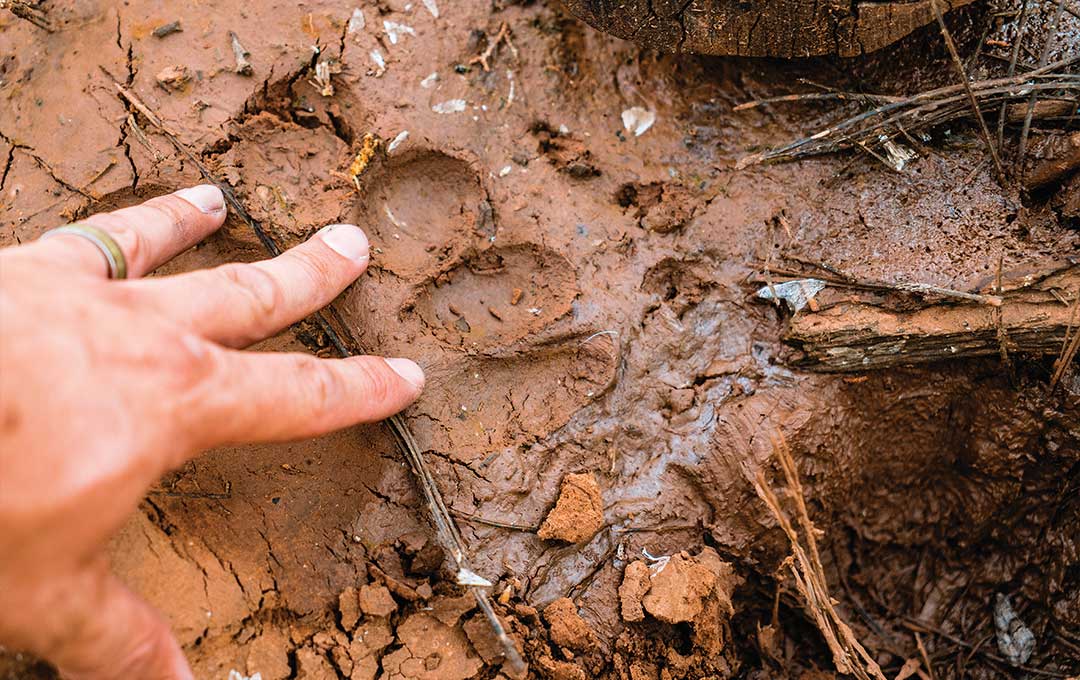
How to Tag a Fall Bruin?
We’ve covered the why and the where, now let’s dive into the how behind Fall bear hunting in the southwest. Part of the allure for many bear hunters is their elusiveness in the Fall. Someone could go five days without seeing one, and then all of a sudden see five the next day. They can be incredibly difficult to locate, but with these tidbits of knowledge, you’ll be on your way to glassing more bears. Through this process, be patient, turning up a high number of bears will take time.
Habitat
The first area we need to address is habitat. Bears tend to like the nastiest country there is, which is why they can be so hard to find. Canyon systems are where I normally start my search. Not just any canyon systems, but the ones that include the proper elevation for the time of year. Elevation is key since it directly affects feed, which we’ll get into. Look for deep canyons with water. It doesn’t have to be flowing, but bears love water. Setting a trail camera on a watering hole is a good idea to see if bears are in the area. They use these canyons like roadways and can be spotted traversing right through the bottom. They’ll often bed down towards the bottom and then venture up onto the surrounding canyon walls to feed. Some of these canyons will offer food both in the spring and fall, meaning the bears may never leave. If they have what they need, there’s no reason to.
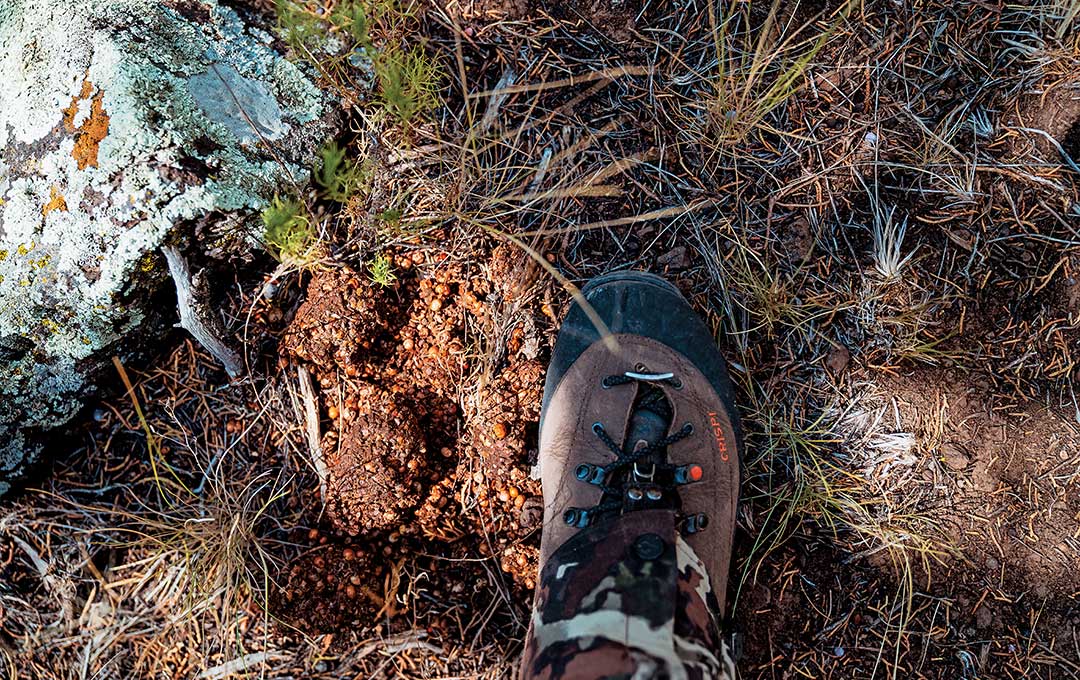
Food
Food is the golden ticket to bear hunting. They get so keyed into their food sources, and during the Fall, they are constantly trying to build up fat for hibernation. Popular Fall food sources in the southwest include acorns, prickly pear cactus fruit, manzanita berries, and juniper berries. There are loads of other things that they eat, but these are the main ones.
The tricky part here is predicting which food source they are going to be on in a given year, and then finding what elevation that food source is abundant in. With rainfall fluctuating from year to year, food sources change in terms of quantity and quality. For that reason, preseason scouting is a must. You really need to go out and find what and where the good feed is. For instance, some years, there aren’t any acorns, and no acorns mean no bears in the oaks. Find the right food and you will surely find the bears.
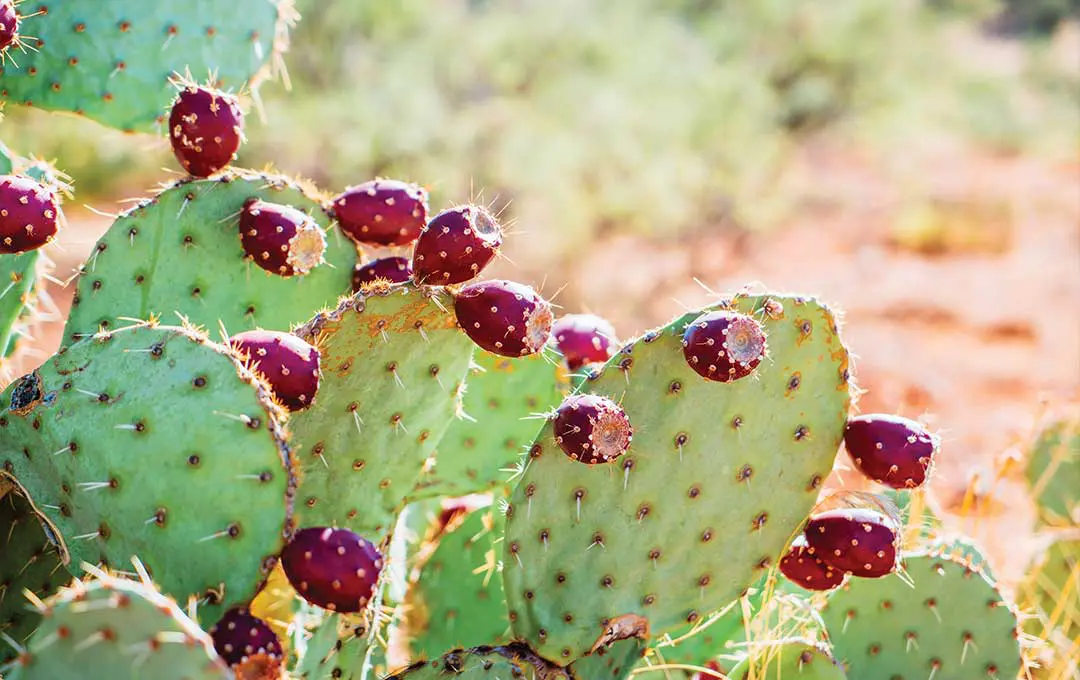
Glassing
Glassing is by far the best tactic for locating feeding bears. The country they reside in is so rugged, it’s far easier to grab a high vantage point and survey the country. This will avoid mucking up the area by walking around and will let you see what the whole area has to offer. Bears are most active in the mornings and evenings, with prime-time being the first and last hour of light. Because of that, it’s imperative that you are in your glassing spot before the sun comes up.
In the evening, plan on staying until dark. Even if you spot a bear after legal shooting light, you’ll still have an idea of where to look the following morning. If you spot a bear in the morning, but can’t quite get a shot before they disappear for the day, don’t worry, that bear will most likely be right out in that same feeding area in the evening.
Bears for the Win
After the experience my hunting buddy and I had on opening morning, our motivation was hard to come by. But through experience, I had learned that being able to adapt is key, and that’s just what we did. On the fourth day of our hunt, I was left to hunt solo. I decided to push into a new area I had never been before and I had a good feeling a bear was calling this canyon home. The first evening I spotted a striking sight in the bottom of the canyon. A lone bear sauntered its way towards an oak patch right beneath me. The sun glistened off of the bear’s chocolate hide.
After frantically grabbing my rifle and calming my nerves, the crosshairs settled perfectly, and I squeezed the trigger at 275 yards. The bear ran behind a giant juniper and never came out. Just like that, my Fall Arizona bear season had ended, and I was in disbelief at how fast things turned around. In no time at all, I found myself at the bottom of that canyon with a few friends that came up to help with the pack out. Another Fall, another bear. Southwestern Bears may be the underdogs of the Fall, but they sure are winners in my book.
By Josh Kirchner
